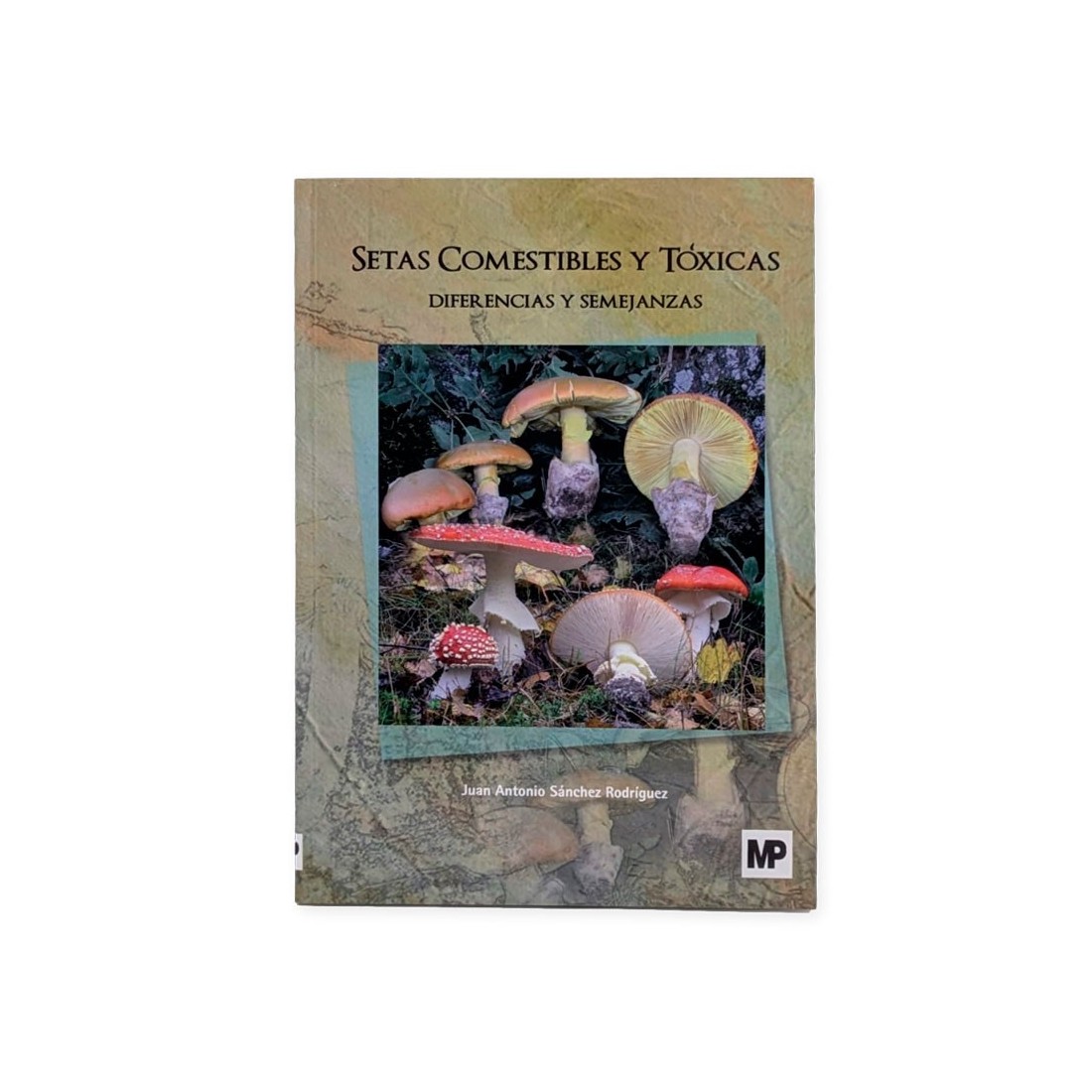Edible and toxic mushrooms. Differences and similarities J. A. SÁNCHEZ RODRÍGUEZ
Discover the fascinating world of mushrooms with this essential guide that analyzes the differences and similarities between edible and toxic species. Ideal for enthusiasts and experts.
- 301 pages with detailed information
- PRACTICAL format of 17 x 24 cm
- Updated edition from 2013
- Includes color photographs for precise identification
Are you a mushroom enthusiast but worry about distinguishing between edible and toxic ones? "Edible and Toxic Mushrooms. Differences and Similarities" by J. A. Sánchez Rodríguez is the definitive guide that will allow you to explore the fascinating world of fungi with safety and confidence. With updated information and color photographs, this book is your perfect ally to enjoy nature without risks.
This book not only provides a detailed description of the most common species but also helps you identify the key differences between edible and toxic mushrooms. You will learn the symptoms of the most frequent poisonings and recommended treatments, allowing you to act quickly in case of an emergency. Furthermore, it includes the latest regulations on the commercialization of mushrooms, ensuring you are up-to-date with current laws.
Imagine the peace of mind of going out into the field knowing that you can precisely distinguish between a delicious mushroom and a potentially deadly one. This book not only gives you technical knowledge but also connects you more deeply and safely with nature. It is an essential tool for both amateurs and experts who want to enjoy their passion without worries.
With practical cases and real examples, this book shows you how to apply what you've learned in everyday situations. Whether you're collecting mushrooms for your own consumption or simply want to expand your knowledge, this guide offers everything you need to become an expert in mycology.
- 301 pages of detailed and updated information on edible and toxic mushrooms.
- Color photographs that help you visually identify the differences between species.
- Clear explanations about the types of poisonings, their symptoms, and treatments.
- Updated legislation, including the Real Decree 30/2009, to ensure you are current with regulations.
- A practical format of 17 x 24 cm, ideal for taking with you on your excursions into the countryside.
Don't let uncertainty ruin your passion for mushrooms. With "Edible and Toxic Mushrooms. Differences and Similarities", you will have in your hands the ultimate tool to explore the kingdom of fungi with safety and knowledge. Don't wait any longer to become an expert and enjoy nature like never before!







